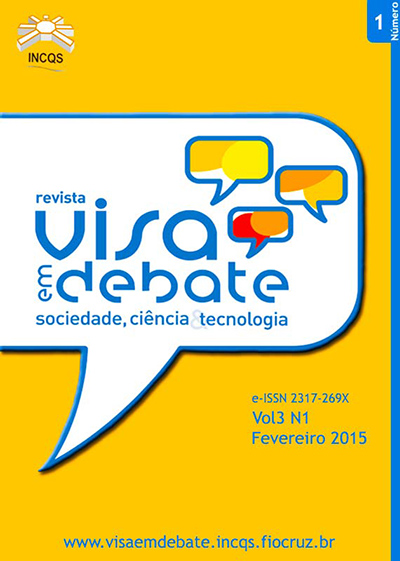The concentrations of heavy metals and the incidence of micronucleated erythrocytes and liver EROD activity in two edible fish from the Paraíba do Sul river basin in Brazil
DOI:
https://doi.org/10.3395/2317-269x.00278Keywords:
EROD, Condition Factor, Geophagus, Micronuclei, BiomonitoringAbstract
The Paraíba do Sul river (PSR) basin crosses one of the most populated and industrialized regions of Brazil and receives effluent from the metallurgic, paper mill and agricultural industries. PSR water has multiple uses, including being a supply of potable water and riverine populations which consume some species of its fish. In the present study, we investigated the responses of two biomarkers of aquatic pollution, EROD activity in the liver and micronuclei frequency in peripheral blood, as well as the concentrations of seven heavy metals in the muscle tissue of two species of fish native to the PSR: Geophagus brasiliensis and Hypostomus sp. Sampling was performed in both the wet and dry seasons of 2003, with a total of 339 fish collected from 16 sites along the PSR basin. Fish collected at Levy Gasparian, Barra Mansa and Três Rios both had higher EROD activity and micronuclei frequency. The results also suggested a moderate induction of EROD activity in fish collected from S.L. Paraitinga and Sapucaia. Micronuclei frequency was elevated in fish from S.J. Campos, Além Paraíba, Campos and S.J. Barra. In all cases, heavy metal concentrations did not exceed the maximum considered safe for fish meat consumption.Downloads
Downloads
Published
Issue
Section
License
Copyright (c) 2015 Health Surveillance under Debate: Society, Science & Technology (Vigilância Sanitária em Debate: Sociedade, Ciência & Tecnología) – “Visa em Debate”

This work is licensed under a Creative Commons Attribution-NonCommercial-NoDerivatives 4.0 International License.
COPYRIGHT ALLOWANCE The author (s) hereinafter designated as the ASSIGNOR hereby assign and transfer, free of charge, the ownership of the copyrights related to this ARTICLE to the Vigilância Sanitária em Debate: Sociedade, Ciência & Tecnologia (Health Surveillance under Debate: Society, Science & Technology) – Visa em Debate, represented by FUNDAÇÃO OSWALDO CRUZ, established at Av. Brasil, nº 4365, Manguinhos, Rio de Janeiro, RJ, Brazil, CEP 21045-900, under the conditions set out below: (a) The terms and conditions set forth in this Agreement shall apply to the following: 1. The ASSIGNOR declares that they s(he) is (are) the author (s) and owner (s) of the copyrighted property of the ARTICLE submitted. 2. The ASSIGNOR declares that the ARTICLE does not infringe the copyrights and / or other property rights of third parties, that the disclosure of images (if any) has been authorized and that they s(he) assume(s) full moral and / or property liability for its content, before third parties. 3. THE ASSIGNOR assigns and transfers all copyrights relating to the ARTICLE to the ASSIGNEE, especially the rights of editing, publication, translation into another language and reproduction by any process or technique. The ASSIGNEE becomes the exclusive owner of the rights related to the ARTICLE, and any reproduction, totally or partially, is prohibited in any other means of publicity, printed or electronic, without prior written authorization from the ASSIGNEE. 4. The assignment is free and, therefore, there will be no remuneration for the use of the ARTICLE by the ASSIGNEE.






